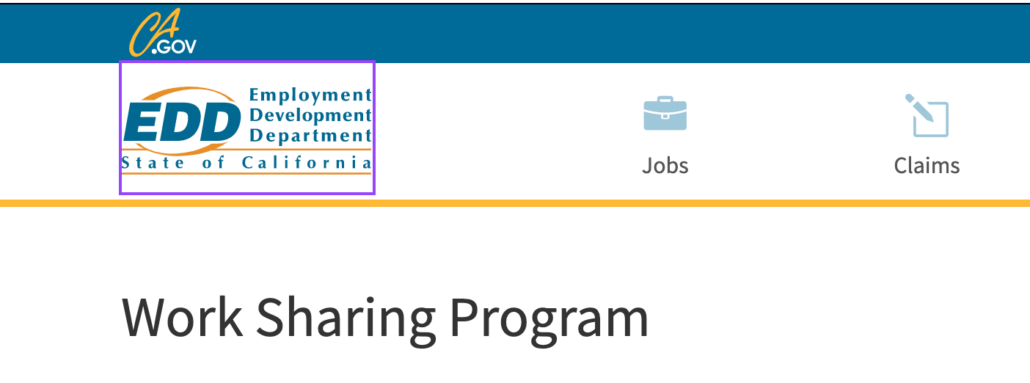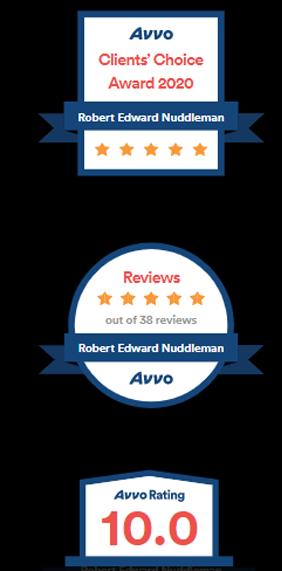In these troubled times, unemployment insurance is on the top of many people’s minds, employers and employees alike. California offers a Work Sharing Program, with the goal of reducing the need for employers to furlough, rather than terminate, their staff in times of economic hardship. Essentially, under this program, the state incentivizes employers to make necessary cuts by reducing their staff’s hours instead of laying off a portion of their workforce. The state then pays impacted workers a partial unemployment benefit in order to assuage some of their lost income. This program has existed for decades but has taken on new importance as coronavirus places an unprecedented strain on businesses throughout the state. This article will explain the eligibility criteria of the workshare program and lays out the benefits of the program for both employees and employers, respectively.
Eligibility Criteria Under California’s Work Sharing Program
The workshare program is designed for employers who are unable to maintain the entirety of their usual payroll, due to an economic downturn or other shortfalls. In order to qualify, businesses must be legally registered in California, have an active California State Employer Account Number, and meet certain requirements regarding the size of the payroll reduction. At least 10 percent of a business’s workforce (a minimum of 2 employees) must be impacted, and the hour/wage reduction must be between 10 and 60 percent of the typical payroll. Employers that offer healthcare or retirement benefits to their staff must maintain their usual benefits, or change the benefits offered to all employees, not just those facing a pay cut.
The Work Sharing Program also has certain restrictions on who can participate. Seasonal or temporary workers are not covered, giving employers that rely on those workers few alternatives to layoffs in an economic crisis. Additionally, employees that are corporate officers or major stockholders in the business cannot receive payments. Finally, employers with a unionized workforce must receive approval from the collective bargaining agent in order to apply.
In order to apply for the program, employers must fill out an application provided by the state Employment Development Department documenting compliance with all of the above requirements and restrictions. The application must also include the name, SSN, and hire date of every employee covered by the plan. Importantly, the application also requires employers to certify that they are not using the Work Sharing program as a transition to layoffs.
Benefits for Employees Under the EDD’s Work Share Program
The primary benefit of this program for employees is continued employment. Covered employees maintain a portion of their normal wages and, in many cases, the same benefits they usually enjoy. They also receive more money from the state than they typically would if they were treated as “underemployed.” Underemployed employees receive only the difference between 75% of their reduced wages and their full unemployment benefit.
Under the Work Sharing Program, employees receive a proportion of their full unemployment benefit equal to the proportion by which their pay has been temporarily reduced. Additionally, “partial” or “underemployment” benefits only phase in when workers’ weekly pay drops below approximately $600 (1.33 times the maximum weekly benefit amount). Work Sharing payments, however, are available to any worker whose employer participates in the program, regardless of their salary. It is important to note that Work Sharing benefits are deducted one dollar for every dollar paid to an individual by another employer, which limits the financial benefit of finding a second part-time job.
Benefits for Employers
The primary benefit for employers is the same as it is for employees: continued employment of a steady and experienced workforce. This saves an unquantifiable sum of potential costs, including the recruitment and training of new replacements. Work Sharing employers’ reserve accounts are charged the same amount they would be for regular unemployment benefits. Essentially, flexibility and continuity are the main advantages for employers who choose to participate in the Work Sharing program.
Determining whether the Work Sharing Program is right for you and/or applying to participate in the program is a complicated and difficult process. Contact us for assistance making the right decision for your business.
Written by J.T. Keane, edited by Robert Nuddleman; Nuddleman Law Firm, P.C.
Feel free to suggest topics for the blog. We are happy to consider topics pertaining to general points of Labor and Employment Law. We cannot answer questions about specific situations or provide legal advice over the Internet. If you desire legal advice, you should contact an attorney.
Using this blog does not create an attorney-client relationship between you and Nuddleman Law Firm, P.C. Using the Internet or this blog to communicate with the firm does not establish an attorney-client relationship. Do not post confidential or time-sensitive information in this blog. The Nuddleman Law Firm, P.C. cannot guarantee the confidentiality of anything posted on this blog.
The Nuddleman Law Firm, P.C. represents employers and employees in a wide range of employment law matters. Much of his practice focuses on wage and hour issues, such as unpaid overtime, meal and rest break violations, designing or enforcing commission plans, and other wage-related claims. He also advises employers on how to avoid harassment and wrongful termination claims, and represents employees who have been victims of unlawful discrimination, retaliation or harassment. The Nuddleman Law Firm, P.C. helps employers develop good employment policies, and helps employers and employees with disability accommodation issues.




